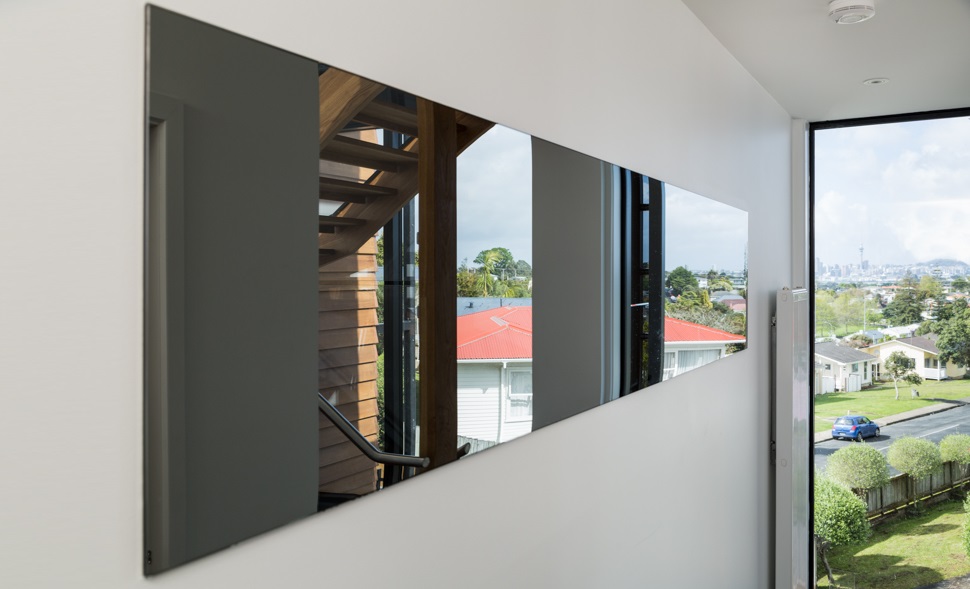
Mirror Glass : Exploring Types, Applications, and Uses
Mirror Glass, with its timeless allure and practical functionality, stands as an indispensable element in architecture, interior design, and everyday life. From reflective surfaces to decorative accents, mirror glass serves a myriad of purposes, showcasing versatility in various forms and applications.
A mirror is a smooth, polished surface that reflects light, creating an accurate representation of objects placed before it. It is also known as “looking glass” due to its use for grooming.
It consists of a thin layer of metal, typically aluminium or silver, deposited onto a glass substrate. This metallic layer reflects light by the principle of specular reflection, allowing us to see our own reflection and the world around us.
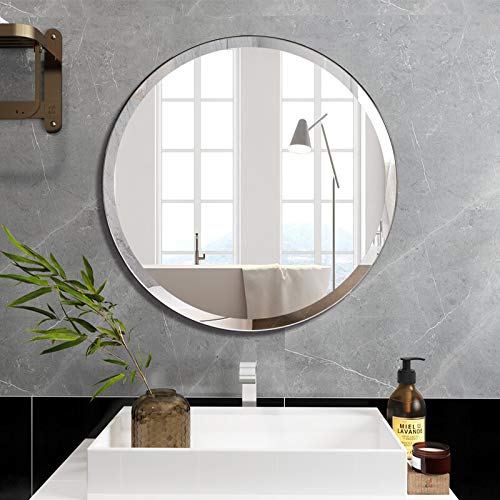
History and Evolution of Mirrors:
The use of mirrors dates back to 6000 BCE when highly polished obsidian, a volcanic glass, served as a reflective surface. As time passed, stone, copper, gold, lead, silver, and aluminium were also utilized for both reflection and decoration by ancient civilizations in Egypt, Mesopotamia, Lebanon, Rome, China, and Greece.
Glass mirrors emerged in the 1st century CE. But it was during the European Renaissance that Venetian manufacturers revolutionized mirror production by applying metallic backings (mostly tin-mercury amalgam) to glass sheets. This method remains the most prevalent in mirror manufacturing even today.
Types of Mirror Glass:
Flat Glass Mirrors: These traditional mirrors feature a flat reflective surface, commonly utilized in households, bathrooms, dressing areas, and decorative frames.
Beveled Edge Mirrors: With angled edges that add depth and sophistication, beveled edge mirrors are often favored for decorative purposes and interior design accents.
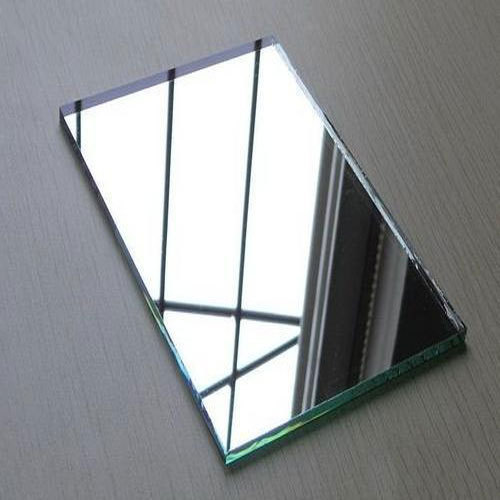
Tinted or Colored Mirrors: Mirrors with tinted or colored coatings offer a unique aesthetic appeal, adding vibrancy and personality to spaces.
Antique Mirrors: Distressed or antiqued mirrors feature deliberate imperfections or aging effects, lending a vintage or artistic touch to interiors.
Two-Way Mirrors: Also known as one-way mirrors, these specialized mirrors allow one side to be reflective while the other remains transparent, commonly used in surveillance or observational settings.
Key Characteristics and Uses:
Enhanced Light and Space: Mirrors effectively reflect light, making spaces appear larger, brighter, and more open, ideal for smaller rooms or areas lacking natural light.
Decorative Element: Mirrors serve as decorative accents, adding depth, elegance, and visual interest to interiors while complementing various design styles.
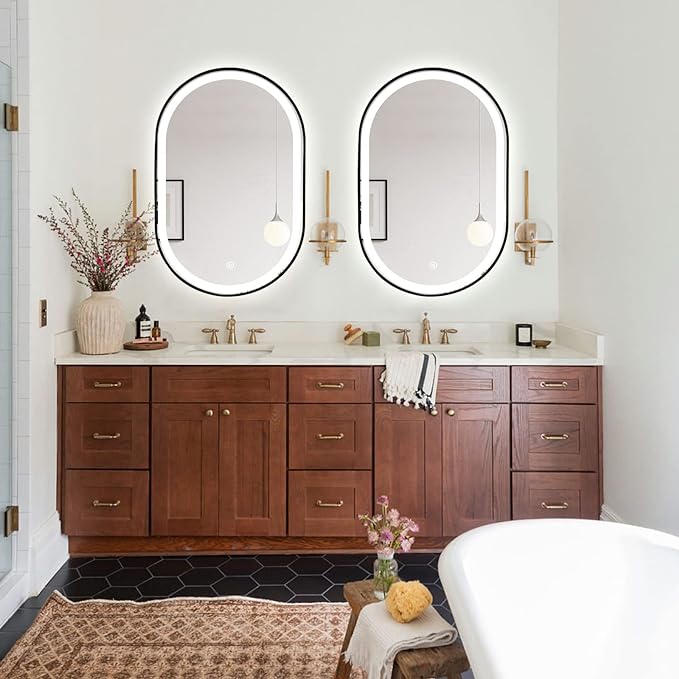
Functional Purposes: In addition to vanity and dressing purposes, mirrors are utilized in gymnasiums, dance studios, retail spaces, and salons, among others, for both functional and aesthetic purposes.
Visual Illusions: Strategically placed mirrors create illusions, such as doubling the perceived size of a room or redirecting light to illuminate darker areas.
Art and Design: Mirrors are often integrated into art installations and architectural designs, offering a reflective canvas for artistic expression and spatial manipulation.
Applications of Mirror Glass:
Home Interiors: Mirrors are used in bathrooms, living rooms, bedrooms, and hallways to amplify natural light, create focal points, and enhance aesthetics.
Commercial Spaces: In retail stores, restaurants, hotels, and event venues, mirrors are employed for decorative purposes and to create a sense of spaciousness and ambiance.
Fitness and Dance Studios: Mirrors in gyms and dance studios aid in form correction, allowing users to monitor their movements and improve technique.
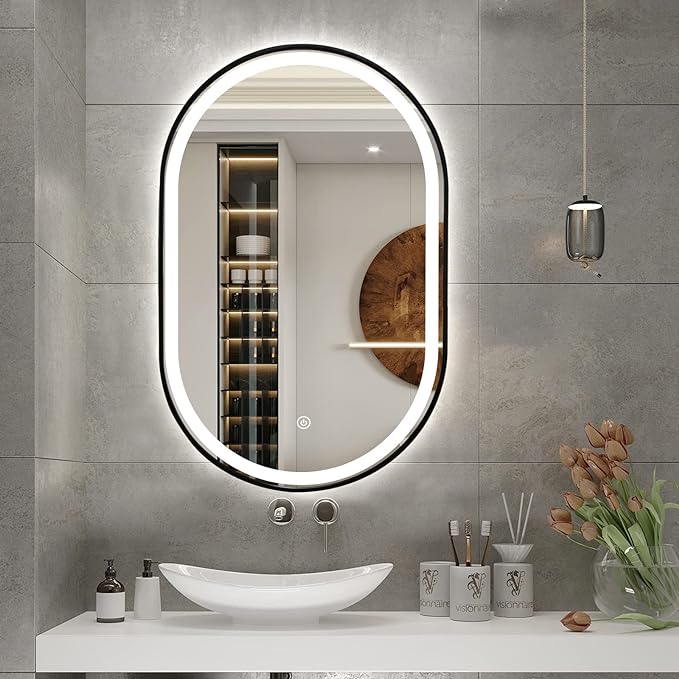
Architectural Design: Mirrors play a role in architectural designs, like in building facades or interior installations, to create artistic and visual effects.
Mirror glass, in its diverse forms and applications, remains an integral part of modern design and everyday life. Its reflective properties, decorative potential, and functional versatility continue to inspire creativity in architecture, interior design, and artistic expression. From enhancing aesthetics to manipulating spatial perceptions, mirror glass stands as a timeless and indispensable element in the world of design and functionality.





